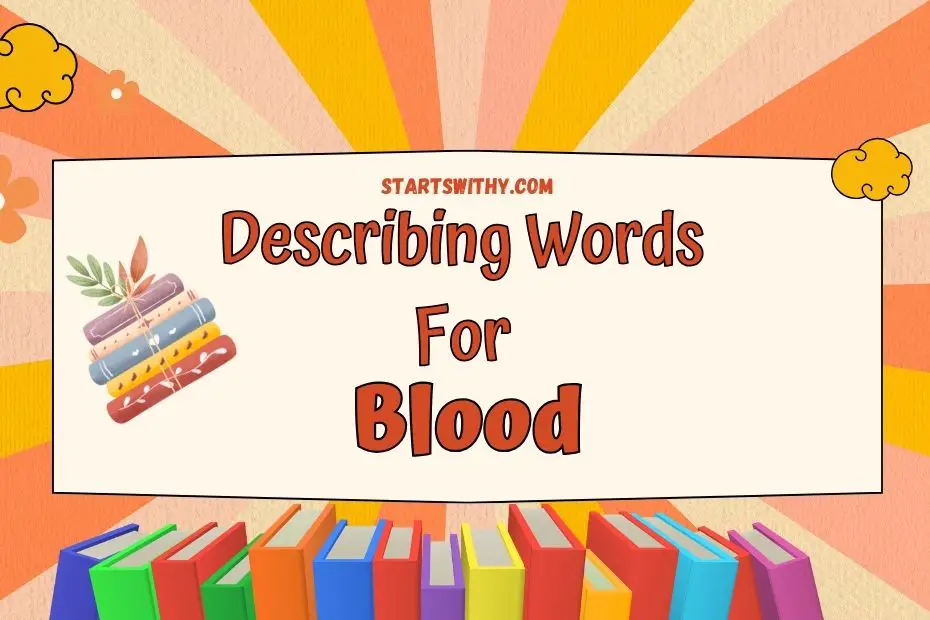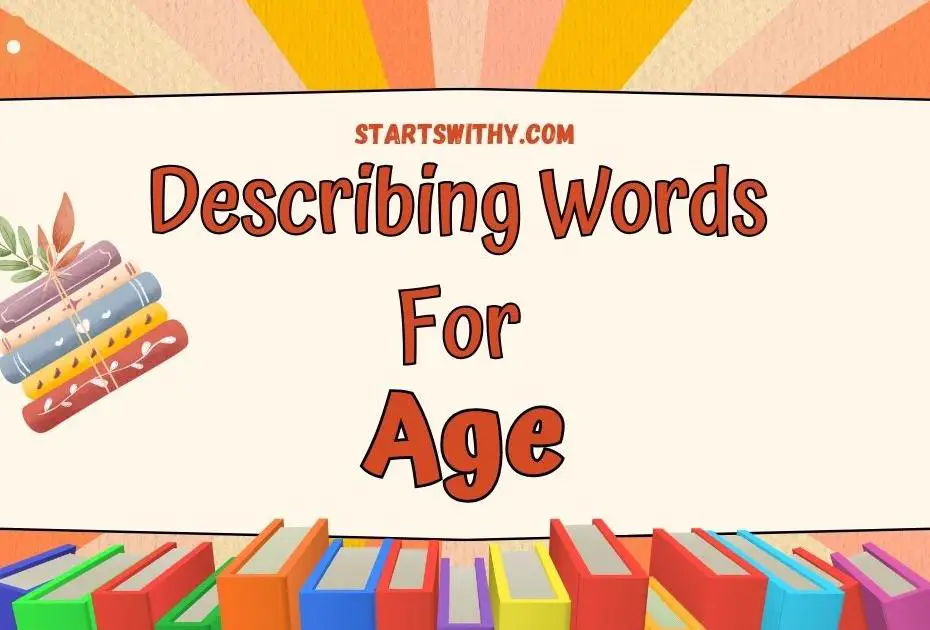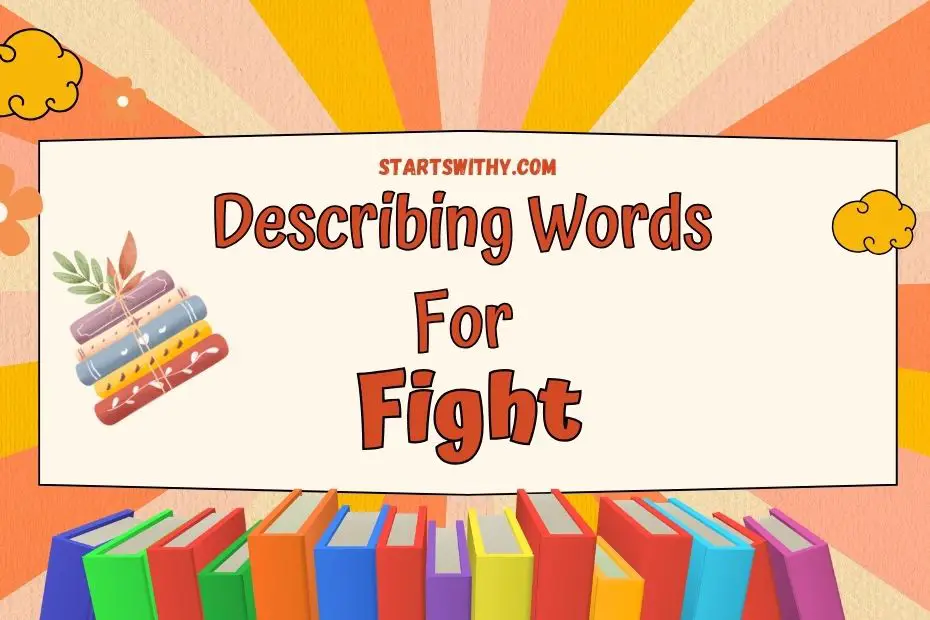Flowers are nature’s vibrant masterpieces, each petal and bloom telling a story of beauty and grace. As an avid flower enthusiast, I have always been captivated by the myriad of colors, shapes, and scents that flowers possess. In this article, I’ll be sharing with you a curated list of adjectives that perfectly capture the essence and allure of these botanical wonders. Whether you’re a poet seeking inspiration or simply want to enhance your descriptive skills, these adjectives for flowers will help you paint a vivid picture with words.
From delicate and dainty to bold and breathtaking, flowers come in a kaleidoscope of hues and forms. In my years of exploring gardens and admiring floral arrangements, I have come across a plethora of adjectives that aptly describe the enchanting qualities of flowers. With this comprehensive list, you’ll be able to effortlessly convey the softness of a velvety rose, the vivacity of a sun-kissed daisy, or the elegance of an exotic orchid. So, let’s dive into the world of adjectives and unlock the language of flowers together.
How to Describe Flower? – Different Scenarios
When it comes to describing flowers, there are various ways to capture their beauty, fragrance, and uniqueness. Whether you are a poet, a writer, or simply someone who appreciates the delicate allure of flowers, using descriptive adjectives can help bring them to life. In different scenarios, you can use different sets of adjectives to depict flowers in various ways. Let’s explore a few scenarios and the adjectives that are well-suited for each:
1. Describing the Colors of Flowers
Flowers come in a stunning array of colors, each with its own charm and symbolism. Here are some adjectives that can help you vividly describe the colors of flowers:
- Vibrant: The flowers are bursting with rich and lively hues.
- Pastel: The flowers exude soft and delicate shades, creating an ethereal beauty.
- Bold: The flowers command attention with their vivid and striking colors.
- Muted: The flowers showcase subtle and toned-down colors, creating a sense of calmness.
- Radiant: The flowers glow with a bright and luminous color that captivates the eye.
2. Describing the Shapes of Flowers
Flowers possess unique shapes, ranging from intricate and detailed to simple and elegant. Here are some adjectives to help you describe the shapes of flowers:
- Dainty: The flowers have a delicate and elegant shape, like tiny works of art.
- Symmetrical: The flowers exhibit a perfectly balanced and harmonious shape.
- Spiral: The flowers have a captivating spiral shape, reminiscent of nature’s patterns.
- Star-like: The flowers resemble stars with their radiant and pointed petals.
- Bulbous: The flowers have a rounded and plump shape, giving them a vibrant presence.
- Aromatic: The flowers emit a strong and pleasant fragrance that fills the air.
- Delicate: The flowers have a subtle and gentle fragrance that lingers softly.
- Sweet: The flowers exude a delightful and sugary scent that is irresistible.
- Ethereal: The flowers possess a heavenly and otherworldly fragrance.
- Intoxicating: The flowers release a captivating and head
Describing Words for Flower in English
When it comes to describing flowers, there are so many beautiful qualities to capture. From their vibrant colors to their delicate shapes and intoxicating scents, flowers are nature’s masterpieces. In this section, I’ll share with you a range of adjectives that can be used to vividly bring these qualities to life through words.
Colors
Flowers come in a kaleidoscope of colors, each one more enchanting than the last. Here are some adjectives that can be used to describe the colors of flowers:
- Radiant: The sunflower displayed its radiant yellow petals proudly.
- Lush: The garden was filled with lush, blooming roses in various shades of red.
- Delicate: The cherry blossoms looked delicate, with their pale pink petals fluttering in the breeze.
- Vibrant: The field was a sea of vibrant wildflowers, with hues of purple, orange, and blue.
Shapes
Flowers possess a wide array of unique shapes, each one captivating in its own way. Here are some adjectives that can be used to describe the shapes of flowers:
- Elegant: The lily stood tall, its elegant, trumpet-shaped blooms swaying gently.
- Petite: The daisy was a small and delicate flower with its petite, round shape.
- Graceful: The orchid displayed its graceful, curving petals, resembling the wings of a butterfly.
Scents
The intoxicating scents of flowers can transport us to a world of tranquility and sweet fragrance. Here are some adjectives that can be used to describe the scents of flowers:
- Fragrant: The jasmine emitted a fragrant aroma, filling the air with its sweet, floral scent.
- Heady: The rose garden was filled with the heady scent of blooming roses, enveloping me in a cloud of perfume.
By using these descriptive adjectives, you can paint a vivid picture of flowers and celebrate their beauty in your writing. Whether you’re a poet, a writer, or simply someone who appreciates flowers, these words will help you bring their enchantment to life.
Now that we’ve explored the various ways to describe flowers, let’s move on to the next section, where we’ll delve into different types of flowers and their unique characteristics. Stay tuned!
Adjectives for Flower
Positive Adjectives for Flowers
When it comes to describing the beauty of flowers, there is a wide array of positive adjectives that can be used. These adjectives help us paint a vivid picture and capture the essence of the flowers. Let’s explore some examples:
| Adjective | Sentence |
|---|---|
| Radiant | The sunflowers in the field were absolutely radiant. |
| Vibrant | The tulips in the garden were blooming with vibrant colors. |
| Fragrant | The roses in the bouquet filled the room with their sweet fragrance. |
| Elegant | The orchids in the vase added an elegant touch to the table. |
| Delicate | The cherry blossoms looked delicate and ethereal as they swayed in the breeze. |
| Exquisite | The lilies were truly exquisite with their intricate petals. |
| Cheerful | The daisies in the meadow brought a cheerful and joyful atmosphere. |
| Enchanting | The lavender fields looked enchanting, as if pulled out of a fairytale. |
| Whimsical | The wildflowers in the countryside had a whimsical and playful charm. |
| Graceful | The calla lilies stood tall and graceful in the garden. |
Negative Adjectives for Flowers
While flowers are often associated with positivity and beauty, there are some negative adjectives that can be used to describe their less desirable qualities. These adjectives add a touch of realism and allow us to express various characteristics of flowers. Here are a few examples:
| Adjective | Sentence |
|---|---|
| Withered | The roses had withered and lost their vibrancy. |
| Droopy | The sunflowers in the vase looked droopy and in need of water. |
| Faded | The colors of the daisies had faded, making them appear dull and lifeless. |
| Wilting | The lilies were wilting under the hot sun, their petals starting to wilt. |
| Decaying | The petals of the orchids were decaying and starting to fall off. |
By using these adjectives, we can create more detailed and engaging descriptions of flowers, capturing both their positive and negative qualities. Whether you’re a poet, a writer, or simply someone who appreciates the beauty of flowers, these adjectives can help enhance your descriptive skills and bring the magic of flowers to life through words.
Synonyms and Antonyms With Example Sentences
Synonyms for Flower
When it comes to describing flowers, there are a plethora of synonyms available to enhance your writing. Here are some synonyms to help you capture the beauty and essence of flowers:
- Blossom: The delicate blossoms danced in the gentle breeze.
- Bloom: The garden was filled with colorful blooms of various sizes and shapes.
- Floral: The room was adorned with beautiful floral arrangements.
- Petals: The roses had velvety petals that radiated fragrance.
- Flora: The garden showcased a diverse collection of flora from around the world.
Adding these synonyms to your vocabulary will give you the ability to describe flowers with more depth and precision.
Antonyms for Flower
While synonyms help convey the positive aspects of flowers, antonyms can be useful when creating a contrast or adding variety to your descriptions. Here are some antonyms for flower:
- Wither: The flowers withered under the scorching sun.
- Fade: The vibrant colors of the flowers began to fade as the season changed.
- Droop: The flowers drooped sadly after a heavy rainfall.
- Wilting: The heatwave caused the flowers to wilt in the garden.
- Decay: The once stunning flowers were now in a state of decay.
Using antonyms alongside synonyms can add complexity and depth to your writing about flowers. It allows you to explore the various stages and conditions that flowers may experience.
Remember that choosing the right words can make a significant impact on your writing. Use these synonyms and antonyms to bring your descriptions of flowers to life and captivate your readers. Embrace the diverse vocabulary available to you and craft enchanting descriptions that will leave a lasting impression.
Conclusion
Describing flowers is an art that requires careful selection of words to capture their beauty and evoke emotions in readers. Throughout this article, I have explored various adjectives that can be used to paint a vivid picture of flowers. By using synonyms, we can create a rich tapestry of descriptions that highlight the unique qualities of each bloom. On the other hand, incorporating antonyms adds contrast and depth to our writing, allowing us to create a more diverse range of descriptions.
Choosing the right adjectives is essential in creating captivating and engaging content about flowers. It allows us to transport readers to a world filled with vibrant colors, intoxicating scents, and delicate petals. By using descriptive language, we can bring the essence of flowers to life, enabling readers to experience their beauty in their imaginations.
So, whether you’re writing a poem, a novel, or simply sharing your love for flowers, remember the power of adjectives. They have the ability to transform a simple description into a breathtaking portrayal of nature’s wonders. Embrace the beauty of language and let your words bloom alongside the flowers themselves.



